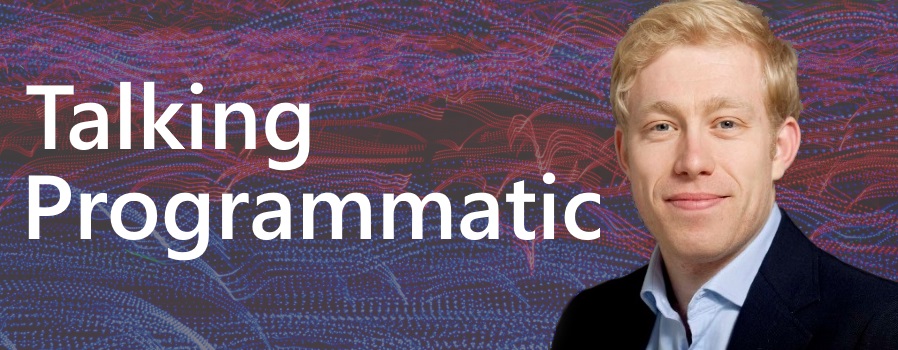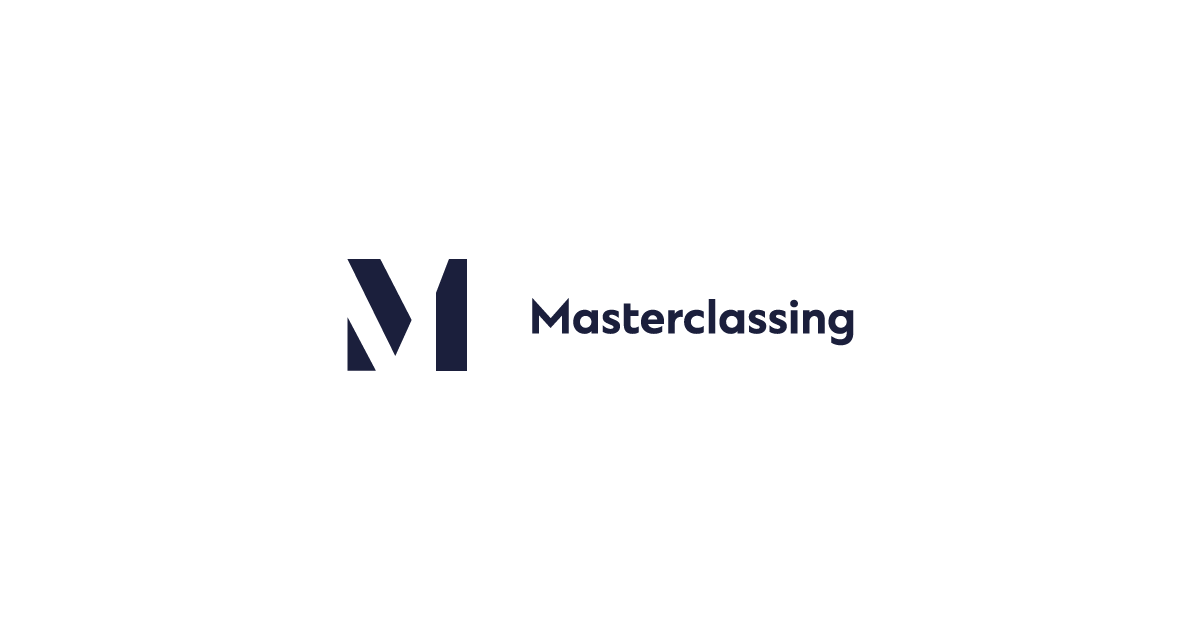Talking Programmatic: What a Sales Team Looks Like Now
- Monday, March 6th, 2017
- Share this article:
In his continuing regular series, programmatic expert Paul Gubbins looks at what a programmatic sales team looks like in the ad tech environment of 2017.

Having been involved in helping companies to train and transition their direct sales teams from an IO to programmatic view of the world, I wanted to share some thoughts on what I believe the sales teams of today and tomorrow may look like.
Firstly, I really don’t think a huge amount should or will change. There is still an underlying worry from many in the traditional camp that programmatic (or problem-matic as many used to chant at me on the sales floor as I evangelised automation) should be feared.
I understand where this fear comes from, as many associate it with autonomous AI, but that could not be further from the truth. Programmatic is merely plumbing, and in the same way a household could have a number of gas or electricity suppliers flowing through its connected pipes, the OpenRTB infrastructure can deal with a variety of ad requests and bid responses.
The point I am trying to illustrate is that each gas and electricity company in the UK still employs many sales people to articulate the benefits of their supply above and beyond their competitors; the fact it reaches the consumer’s house now at a flick of a switch rather than via horse and cart is irrelevant.
The way sales teams have been structured both at the publisher and ad network level are changing. For several years, there has been a clear line of distinction between the direct and programmatic teams. This was a logical partition as the IO guys and girls traded on their relationships and the programmatic whiz kids their ability to speak jargon at speed to their ATD counterparts.
However, as the agency model evolves and the isolated and incubated skillsets housed within the ATD model are dispersed into the wider holding companies in the form of programmatic buying units, it has become increasingly difficult to pin down the programmatic leads in any agency.
The reasons for this dispersal are various: disclosed versus no disclosed fees, agencies looking to upskill all teams in programmatic, etc., but it’s clear programmatic is now a language everyone is learning, and quickly. This has meant a lot of crossover for the sales teams of media owners or digital ad networks with duplicated conversations, endless meetings, and ambiguity around budget ownership and resulting commission payments.
Thus, we are starting to see a new type of sales force emerge. Those that do not fear programmatic but embrace it. Those that are confident enough to talk to planners, buyers, PBU’s & ATD’s about the relevancy of their audience for the campaigns being planned and the points of access their audience. Those who know that contextual relevancy can be procured via the IO or on a guaranteed or biddable basis through OpenRTB pipes. The way publishers or ad networks legislate against channel conflict is dependent on their own strategy, but the smart ones are providing choice to their buy side partners rather than forcing their own agenda when it comes to execution.
There have been a number of terms cobbled together recently, some to make a mockery of the industry and some to justify the new world order. These range from “programanaged” and “hand sold programmatic” through to the “biddable IO”. Personally, I think they all describe the reality of today’s sales process pretty well. Relationships will sit at the heart of our industry for many years to come; I can’t think of a single audience that is unique to one publisher or social platform, therefore sales people will always be required to sell both environment and audience to those that plan & buy on behalf of advertisers.
The reason Cannes involves so many yacht parties, helicopter trips, private concerts from pop stars and lunches on private islands is because people buy from people. Programmatic technology is a wonderful thing and it has enabled our media industry to innovate way beyond anything I could have ever imagined back when I used to sell classified ads in Classic Tractor magazine. However, when it breaks or does not work in the ways expected, you need confidence in your personal relationships to get things fixed, and quickly.
If we look to the SSP world for evidence in my hypothesis above that people trump tech, you will see first-hand that header bidding has meant that many now have the same publishers, and at the same priorities, through their header tag implementations. What does this mean? Well, many are investing in their demand development teams to build stronger buy-side relationships, the same relationships many neglected when they had a priority position in the publisher’s waterfall to differentiate them.
To summarise, I am amazed at the number of senior commercial people I have met over the last several years that freely admit to never or rarely taking the time to read the ad tech trade press and then turn around and say, “Yeah, but this is all just jargon…”. Several years ago maybe, but today, if you are in digital sales and struggle to articulate the difference between programmatic and automated guaranteed, probabilistic versus deterministic, or what the GDPR is, you have just landed on a snake my friend, go back to the beginning…
There is always going to be a line in the sand between those that pull the levers in DSPs and man the ad servers. However, the sales person of today and tomorrow should not fear programmatic and automation, but learn about it, harness it and make sure you are the smartest person in the room. Remember, it’s just the pipes, and the only thing that can be replaced is the IO, not you!

















